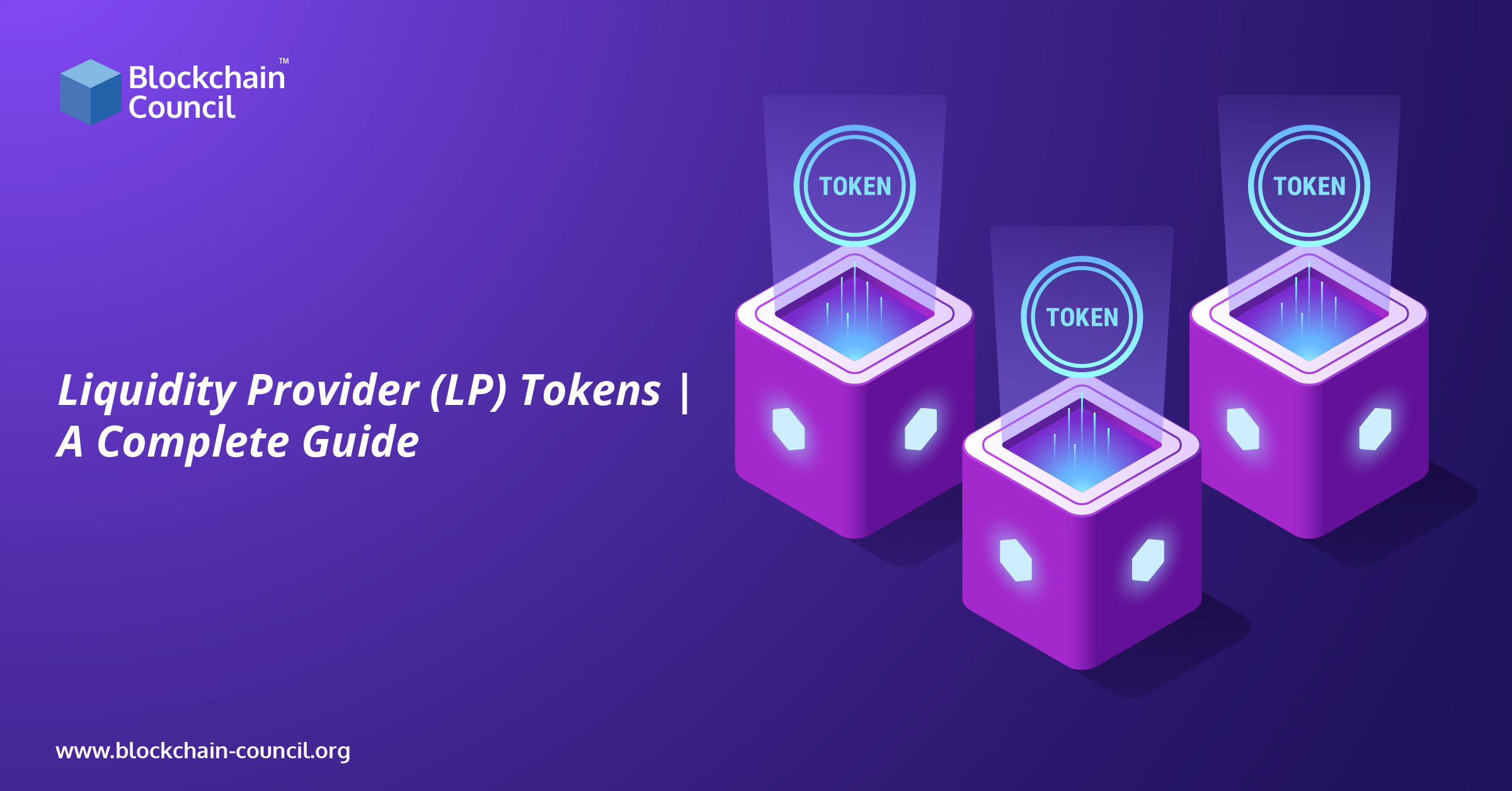
- Ayushi Abrol
- April 13, 2022

Decentralized Finance (DeFi) is no longer a new concept. Even if you’re not a blockchain fan, you still would have heard of the word and its adaptability. DeFi has grown in popularity to the point that ordinary investors are playing a big role in the growth of the blockchain-powered DeFi universe. It’s what we’d call a significant triumph for DeFi!
They may help the DeFi world by providing liquidity to Decentralized Exchanges (DEX). DeFi protocols do not have a handy third party to rely on, unlike centralized financial institutions like banks, which can quickly produce liquidity. As a result, practically all DeFi protocols incentivize investors who are prepared to offer liquidity to the market.
Liquidity Providers (LPs), as they are commonly called, are compensated with Liquidity Provider (LP) Tokens . Let’s look at what LP tokens are, why they’re essential, and how they may be used to generate a crypto income passively.
What are Liquidity Provider (LP) Tokens?
Liquidity providers on decentralized exchanges that employ the Automated Market Maker (AMM) protocol are compensated with LP tokens, which are a unique sort of cryptocurrency. Individual contributions to the overall liquidity pool can be represented using these LP tokens.
Popular DEXs that distribute Liquidity Provider Tokens to their liquidity providers include PancakeSwap, Sushi, and Uniswap.
Individual contributions to the whole liquidity pool are recorded using Liquidity Provider Tokens, which are kept in proportion to the liquidity pool’s overall liquidity share.
What is a Liquidity Provider?
Liquidity providers utilize a strategy known as liquidity mining or market-making to stake their currencies on decentralized exchanges in order to receive transaction fees. These transaction fees are frequently represented in terms of interest rates, which change in response to a variety of factors at the time the transaction is completed, including the quantity of available liquidity and the number of transactions currently active in the liquidity pool. Based on the number of transactions and the amount of liquidity put into the pool, an accurate projection of your expected return may be generated.
How Do Liquidity Provider (LP) Tokens Work?
A liquidity provider is given a set number of Liquidity Provider Tokens when they deposit their cryptocurrency in a DeFi pool. LP tokens are returned to the DeFi system when a liquidity provider wishes to withdraw their deposited coin.
Most DeFi liquidity pools allow liquidity providers to redeem their Liquidity Provider Tokens for cash at any time, albeit there may be a small cost if they do so too soon.
LP tokens aren’t very distinct from other tokens on the same network in terms of technological qualities. For example, Uniswap and Sushiswap are both Ethereum-based platforms, and their LP tokens are ERC20 tokens. These LP tokens may be transferred, sold, and staked on other protocols just like any other ERC20 token.
Holding LP tokens offers liquidity providers total control over their locked liquidity, just like any other token. Most liquidity pools enable providers to redeem their LP tokens at any time without penalty, however, some may levy a small fee if they are redeemed too quickly.
What Is the Relationship Between LP Tokens and Automated Market Makers?
The operation of Automated Market Makers (AMM) is strongly linked to the use of LP tokens. Because DeFi platforms lack a centralized intermediary, such as banks, they must find a mechanism to assure that buyers and sellers can find each other. This is known as an automated market maker in the DeFi sector, a pre-programmed algorithm that automatically links buyers and sellers. AMMs, on the other hand, allow traders to trade directly with a pool of assets rather than with other buyers or sellers.
As a result, while trading cryptocurrencies, one can trade directly with an AMM’s reserves, eliminating the requirement for a mutual demand coincidence. The issue is that AMMs require a certain amount of liquidity to function. Liquidity Providers (LPs) and LP tokens enter the picture at this point.
These participants are urged to deposit a particular quantity of cryptocurrency (typically Bitcoin or Ethereum) into the AMM liquidity pool as liquidity. These liquidity providers are compensated for their assistance with a modest percentage of network fees.
How LP Tokens Improve DeFi Liquidity?
The concept of liquidity is critical in the decentralized finance industry. As the name implies, it’s a simple way to exchange one asset for another without changing the value of either. Cash is the most liquid asset in conventional finance since it can be exchanged for a variety of assets in a short amount of time, such as gold, stocks, bonds, and more. The process of changing fiat money to cryptocurrency is more complicated than it appears.
BTC has become the most liquid crypto asset since it is accepted and traded on almost every central exchange. Because it is the initial asset and is accepted and exchanged on every decentralised exchange, Ether is the most liquid currency in the DeFi ecosystem. As DeFi is built on the Ethereum network, Ether again becomes highly liquid and it is accepted and exchanged on all DEXs.
How to Yield Farming Using LP Tokens?
The usage of LPs in DeFi systems enables for the implementation of yield farming capabilities. Liquidity providers are important parts of the DeFi ecosystem, and understanding how they work will help you better grasp LP tokens. LP tokens serve as mathematical verification of your contributions to a DeFi liquidity pool, independent of their classification on other platforms.
When you look at how LP tokens function in-depth, you’ll see that they have a lot in common with yield farming. Yield farming refers to the activity of depositing tokens in various DeFi networks to increase shareholder revenue. Transferring tokens across several protocols allows for profit maximization. On the other side, the combination of LP tokens and yield farming is gaining traction. Curve CRV tokens may be obtained via farming DAI tokens. Through transaction fees and farm income, LP tokens may let you profit from your liquidity.
Associated risks of Yield Farming with LP Tokens
Cryptocurrency investing, like any other investment, has a certain amount of risk. While yield farming with LP tokens might improve overall profits dramatically, it also exposes investors to higher risks.
-
Temporary Loss
Investing in LP tokens, like being a liquidity provider, has the risk of the cryptocurrency’s value falling in the meanwhile. This is known as impermanent loss, which occurs when the value of a cryptocurrency put in a liquidity pool swings from when it was originally deposited.
Theoretically, these losses (or gains) might be reversed, since they are technically only realized after the crypto is withdrawn. Many liquidity providers, on the other hand, have seen their crypto’s value plummet, anticipating that prices will rise again but they never did. This is especially true for smaller cryptocurrencies, with many of them collapsing and never resurfacing.
-
Risks of Smart Contracts
When someone stakes LP tokens for yields, they are putting their faith in the DeFi network and its smart contracts. They risk losing all of their LP tokens, as well as the original crypto they put into a liquidity pool if there is a hack or security breach.
Although attacks on centralized exchanges are becoming less common, smaller decentralized exchanges continue to be hacked. On March 8th, 2021, a smart contract hack on the DODO DEX resulted in the theft of $3.8 million in bitcoin.
What Factors Affect the LP Token’s Value?
The overall value of a liquidity pool and the circulating quantity of total LP tokens are the two factors that define the value of an LP token. The pool’s overall worth is the sum of its crypto assets’ market values.
Fresh LP tokens are produced when new deposits are made into a pool. LP tokens are removed from circulation when investors withdraw their liquidity deposits.
For example, if Sam puts $1,000 in a liquidity pool worth $10,000, he will earn 10% of the LP tokens in that pool. If the entire value of the prior liquidity pool rises to US$15,000, and Sam has a 10% stake in the pool, the LP tokens he received are now worth US$1,500.
An LP token is akin to holding stock in a corporation in this sense. Except in this scenario, everyone in a DeFi pool owns a piece of the liquidity.
Conclusion
Liquidity provider represents innovative approaches to cryptocurrency development and use. LP tokens signify ownership in a liquidity pool that earns transaction fees, analogous to holding common stock in a bank that pays dividends, rather than just operating as a kind of digital cash like Bitcoin. It’s just one of the many ground-breaking ways blockchain technology has progressed over time.
Liquidity provider tokens are an important development in the DeFi ecosystem. They incentivize investors to offer much-needed liquidity to decentralized exchange pools, which is what allows AMMs to operate in the first place.
If you are looking for some of the best certification courses in the blockchain industry then Blockchain Council is available at your services. The blockchain courses offered at Blockchain Council are designed in such a way that along with theoretical knowledge it provides the candidates with in-field training and certification. These courses are light on the pockets as well. You need to simply enroll in the course that best meets your expectations.

































































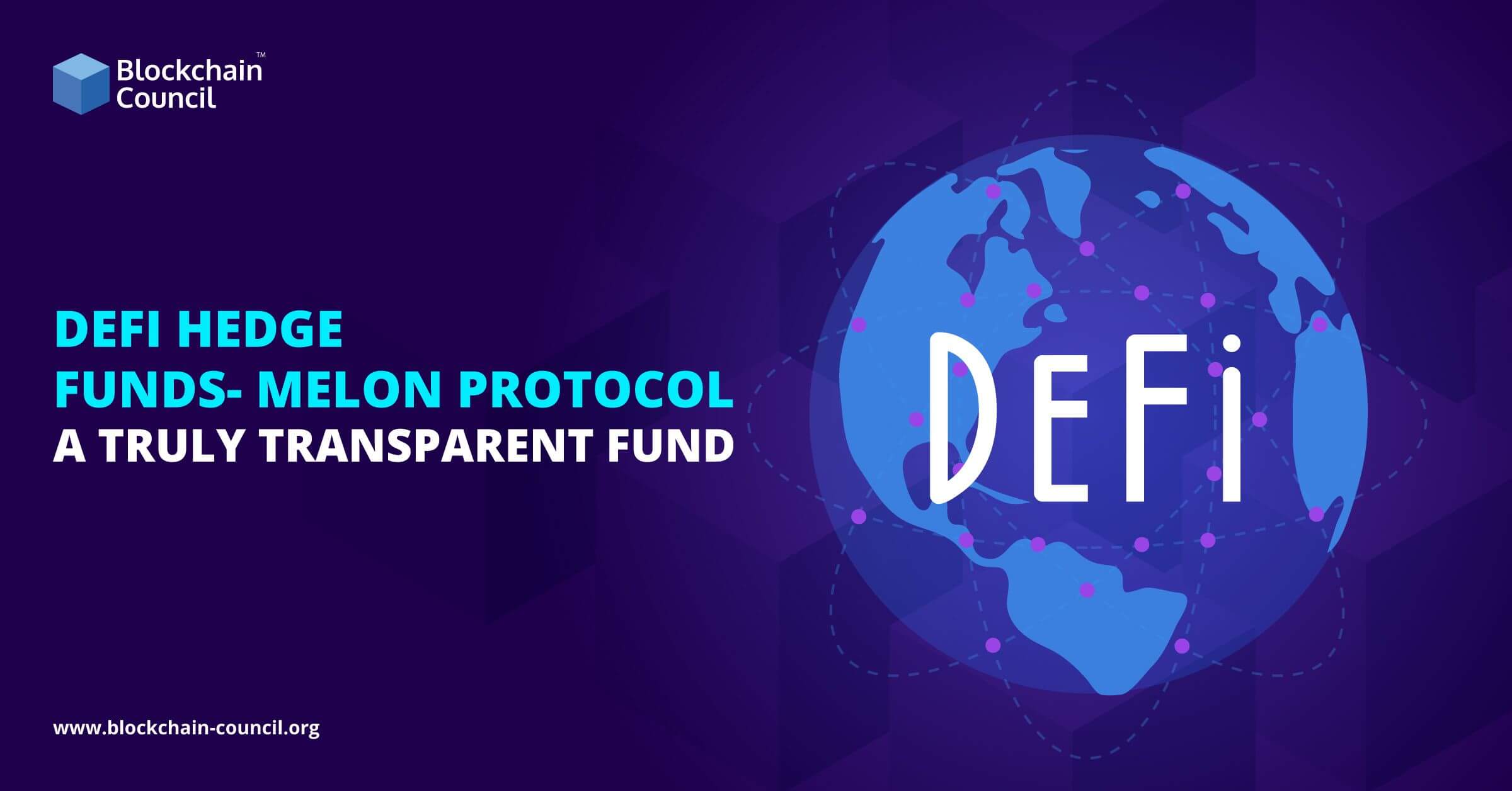
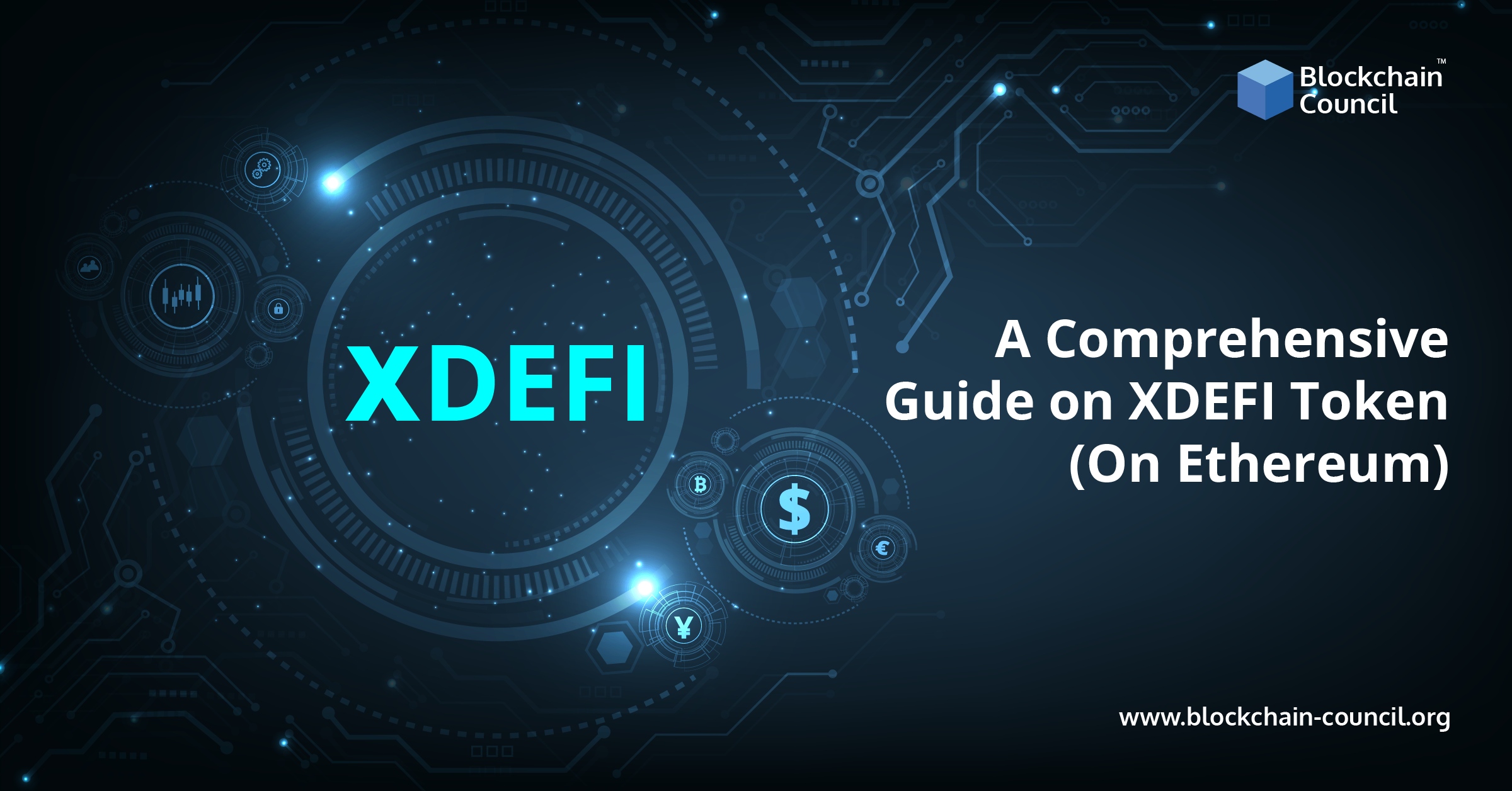
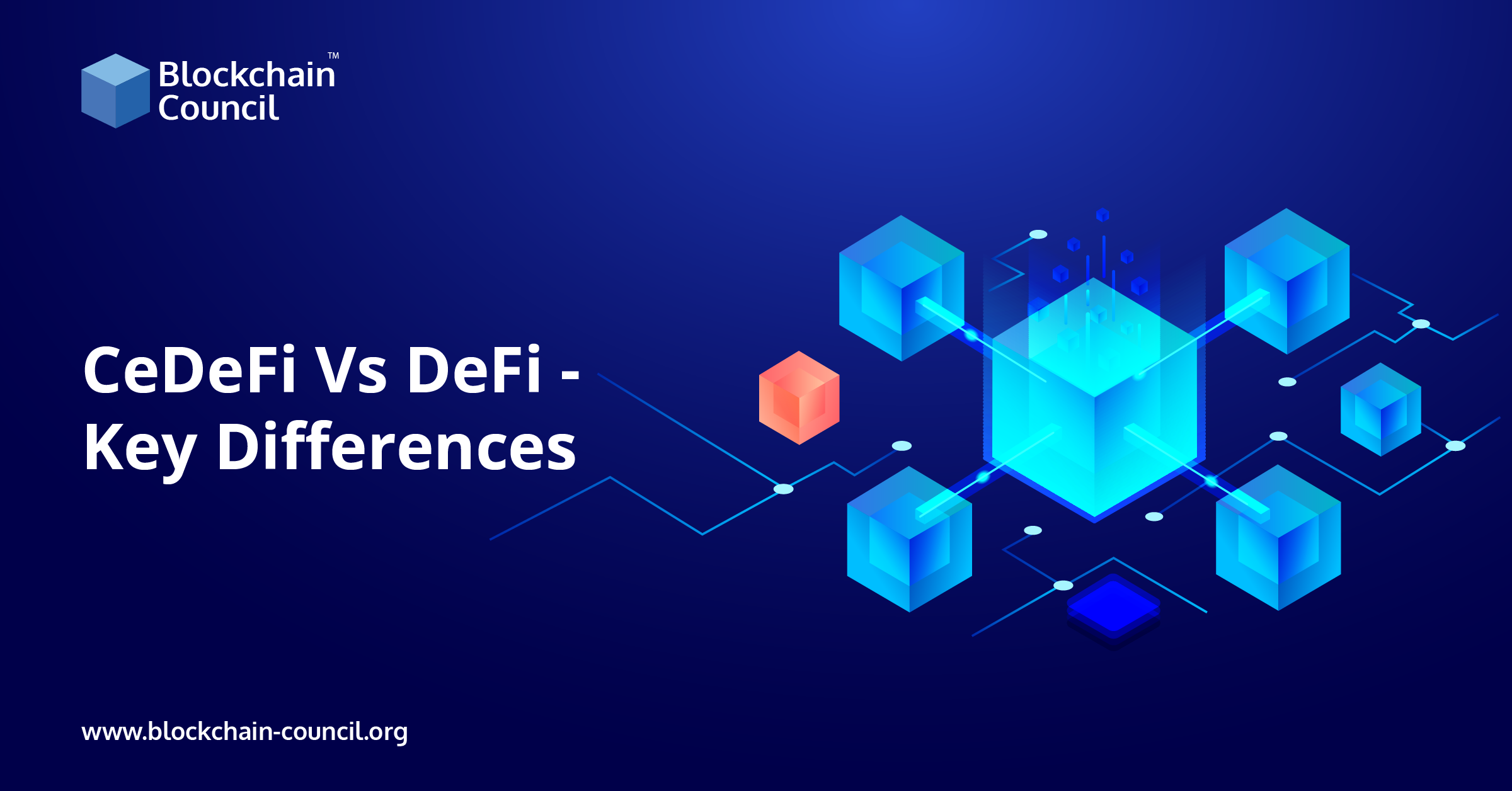
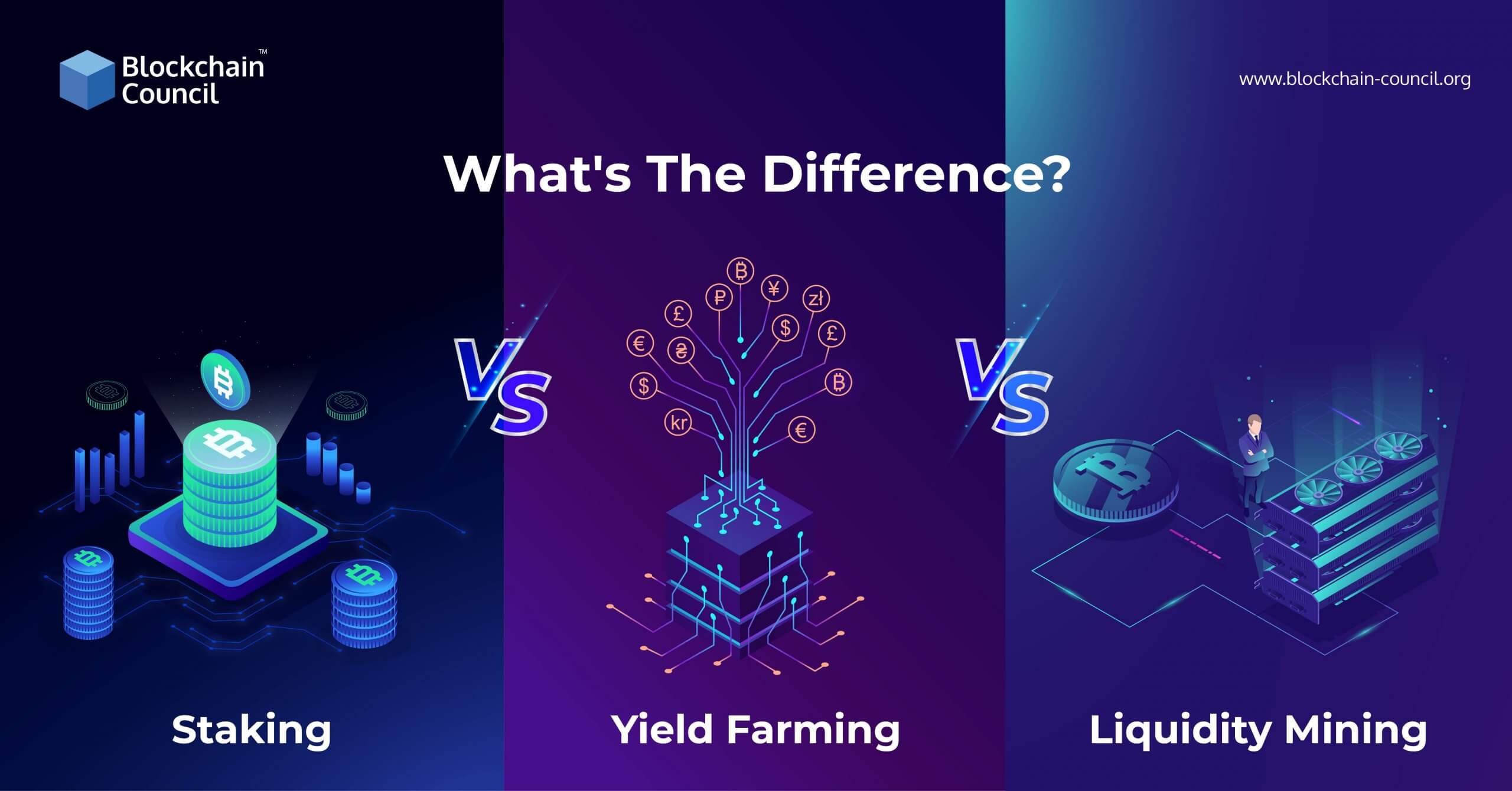
 Guides
Guides News
News Blockchain
Blockchain Cryptocurrency
& Digital Assets
Cryptocurrency
& Digital Assets Web3
Web3 Metaverse & NFTs
Metaverse & NFTs
